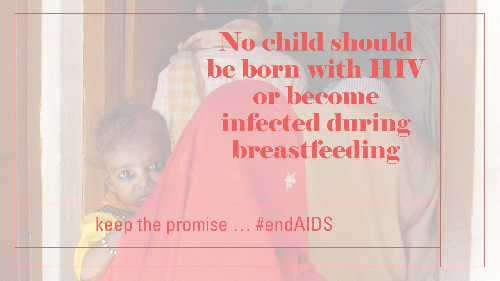
When we know how to prevent transmission of HIV to newborn child, then there is NO EXCUSE FOR INACTION!
(Image by CNS) Details DMCA
The promise was that by 2020, no child will be born with HIV or newly infected with HIV during breastfeeding across the world. Even before the COVID-19 pandemic posed an unprecedented challenge to health systems, the progress towards the HIV-related 2020 goalpost, despite some commendable gains, was not very encouraging.
Despite global efforts to prevent HIV transmission, 150,000 children were either born with or were newly infected with HIV during breastfeeding in 2019, bringing the total number of children (aged 0 to 9 years) living with HIV to 1.1 million. Also, about 310 children died from AIDS-related causes every day in 2019, mostly because of inadequate access to HIV prevention, care and treatment services.
This is unacceptable - inflicting HIV on kids for no fault of theirs. It is our moral duty to eliminate vertical transmission of HIV from parent to child and ensure every baby's right to enter the world free of HIV.
start free, stay free, AIDS free
This is also one of the aims of the Start Free, Stay Free, AIDS Free super fasttrack framework launched by UNAIDS in 2015 for ending AIDS as a public-health threat among children, adolescents and young women by 2020. One of its main goals was to reduce the number of children newly infected with HIV annually to less than 20,000 by 2020. But with 150,000 new paediatric HIV infections in 2019, we are far away from achieving it.
unfulfilled promise of prevention of parent-to-child transmission of HIV
HIV can be transmitted from an HIV-positive mother to her baby during pregnancy, childbirth or breastfeeding. Mother-to-child transmission, which is also known as vertical transmission, accounts for the vast majority of infections in children.
Factors contributing to vertical transmission are:
(Note: You can view every article as one long page if you sign up as an Advocate Member, or higher).





